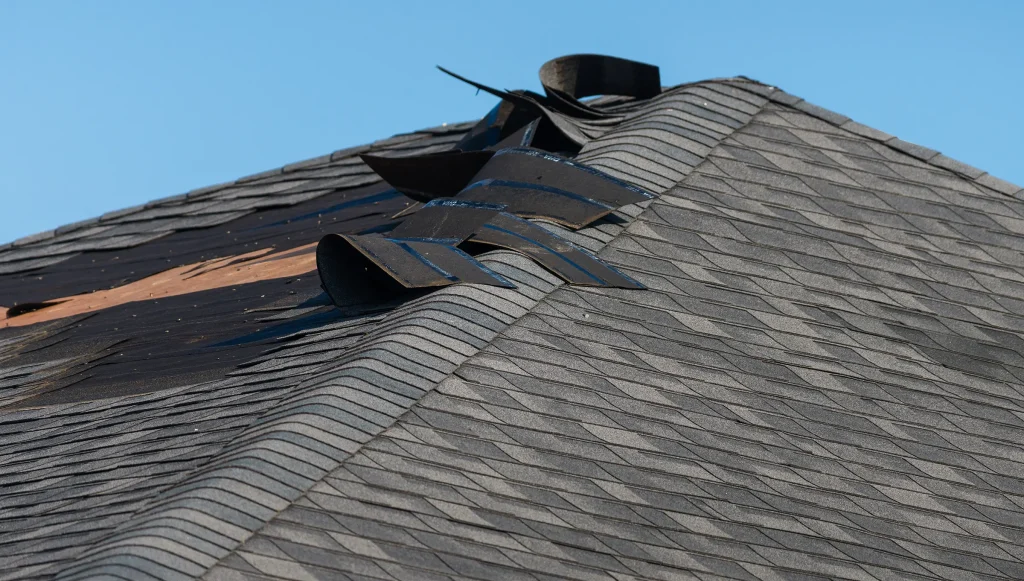When it comes to roofing materials, shingles are a popular choice for their affordability, versatility, and aesthetics. However, one critical factor to consider when installing shingles is their wind rating. The wind rating of shingles determines their ability to withstand strong winds and storms, which are common in many regions. Understanding the shingle roof wind rating is essential for ensuring the stability and longevity of your roof. In this article, we will delve into the significance of shingle roof wind ratings, how they are tested, and why it’s crucial to select the right shingles to protect your home.

What is Shingle Roof Wind Rating?
Shingle roof wind rating refers to the level of wind speed and pressure that shingles can withstand without sustaining damage. It is typically expressed in miles per hour (mph) and is a critical factor in determining the shingles’ resistance to wind uplift. Wind uplift occurs when high winds create a suction effect that lifts the shingles from the roof’s surface, potentially leading to roof damage and leaks.
How is Shingle Roof Wind Rating Determined?
Shingle roof wind ratings are determined through rigorous testing conducted by manufacturers. The most common testing method is the American Society for Testing and Materials (ASTM) D3161 test. During this test, shingles are subjected to controlled wind speeds to simulate various wind conditions. The shingles’ performance is assessed based on their ability to remain intact and secure under these conditions.
The wind rating is usually categorized into different classes, such as Class D, Class G, or Class H, each representing a specific wind speed range. For example, Class D shingles may have a wind rating of up to 90 mph, while Class H shingles can withstand wind speeds of 150 mph or more.
Importance of Shingle Roof Wind Rating
The wind rating of shingles is of paramount importance for several reasons:
- Roof Stability: Shingles with higher wind ratings provide better resistance against wind uplift, ensuring that they stay firmly attached to the roof surface during storms and high winds. This stability prevents potential roof damage and leaks.
- Home Protection: A well-secured roof with high wind-rated shingles protects your home’s interior and belongings from water intrusion during severe weather events. This reduces the risk of costly repairs and water damage.
- Insurance Compliance: In areas prone to hurricanes or high winds, some insurance policies may require a minimum wind rating for shingles to provide coverage. Having shingles with an appropriate wind rating ensures that your home complies with insurance requirements.
Choosing the Right Shingle Roof Wind Rating
Selecting the right wind rating for your shingles depends on your geographical location and local weather patterns. Consider the following factors when choosing shingles with the appropriate wind rating:
- Local Building Codes: Check with your local building department to determine the minimum wind rating required for shingles in your area. Building codes are often based on the historical wind patterns of the region.
- Wind Exposure: Consider the specific wind exposure of your home’s location. For example, homes situated on hills, open fields, or near coastlines may experience higher wind speeds, requiring shingles with a higher wind rating.
- Manufacturer’s Recommendations: Always follow the manufacturer’s recommendations for shingle selection and installation. Manufacturers provide guidelines on the suitable wind ratings for different regions.
Professional Installation and Maintenance
To ensure that your shingle roof performs optimally, it’s crucial to have them installed by a professional roofing contractor. Proper installation is essential for achieving the full wind resistance capabilities of the shingles. Regular roof inspections and maintenance identify and address shingle damage, preserving their wind rating.
Conclusion:
The shingle roof wind rating plays a significant role in the stability and performance of your roof. Understanding wind ratings, their determination, and choosing appropriate shingles protect your home from wind-related damage. Prioritize professional installation and maintenance for lasting shingle roof protection.



Leave a Reply